Social Media Proves a Lifeline for Harvey Victims
When stranded flood victims could not get through to 911 during Hurricane Harvey, they posted on social media platforms such as Facebook or Twitter to reach out for help.
When stranded flood victims could not get through to 911 during Hurricane Harvey, they posted on social media platforms such as Facebook or Twitter to reach out for help. Hashtags such as #SOSHouston and #SOSHarvey were used to flag citizen rescuers.
In a first, the U.S. Coast Guard’s social media team saw trapped survivors turn to social media during the coastal Texas storm. As the number of posts spiked, the Coast Guard National Command Center (NCC) began to receive calls from concerned citizens who also noticed the pleas for help on these platforms.
To handle the surge of phone calls and social media requests, the social media team, the NCC and the information technology staff of the Coast Guard Base National Capital Region worked rapidly to establish, literally overnight, an effective around-the-clock call center.
The Coast Guard Command, Control, Communications, Computers and Information Technology team immediately suspended restrictions on accessing social media websites on standard Coast Guard workstations, allowing call center watchstanders to respond to those in need. The watchstanders entered data into the Homeland Security Information Network, which federal, state, local, private-sector and other partners use to manage operations. Then they took the information from the public and sent it to the Texas Emergency Operations Center, a web-based emergency management tool, or the Coast Guard Sector Houston-Galveston to dispatch rescue resources. Even as emergency calls in Texas dwindled, the Coast Guard kept the call center running in case it was needed during the hurricanes that followed.
Vice Adm. Sandra L. Stosz, USCG, the Coast Guard’s deputy commandant for mission support, says the storms showed that federal agencies need a protocol for how to use social media in rescue and response situations. She also points out that apps such as Uber and Waze have capabilities that could benefit urban search and rescue work.



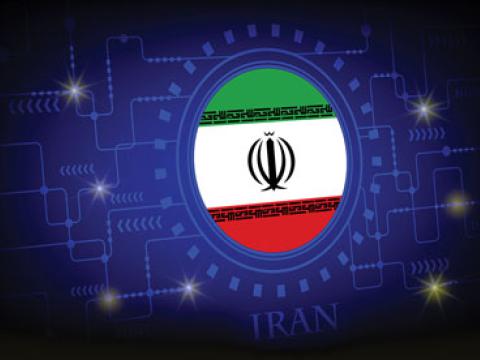
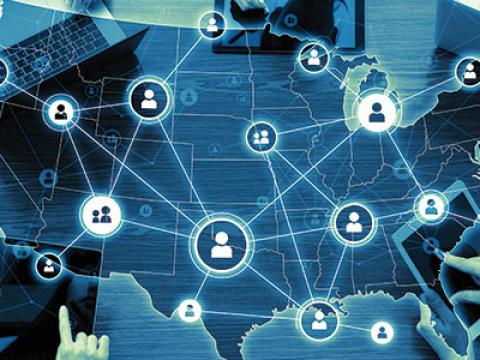
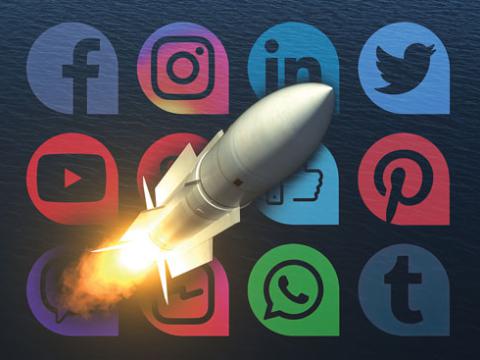
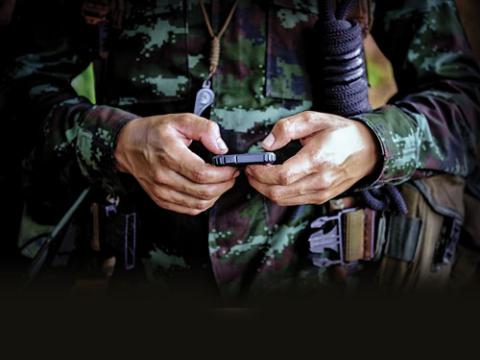

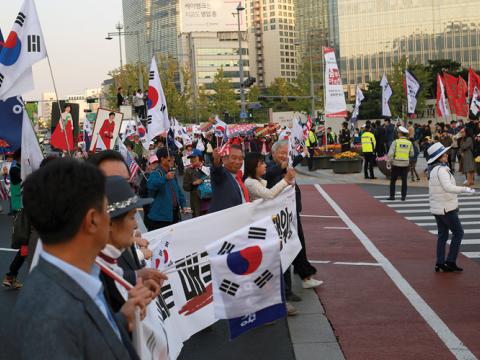
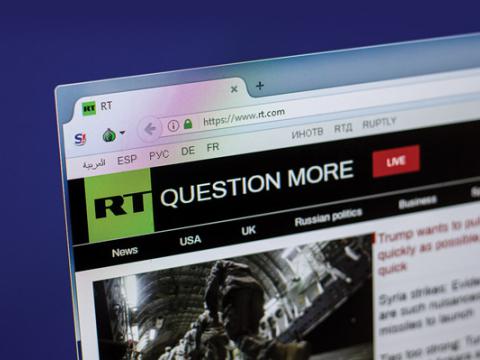
Comments